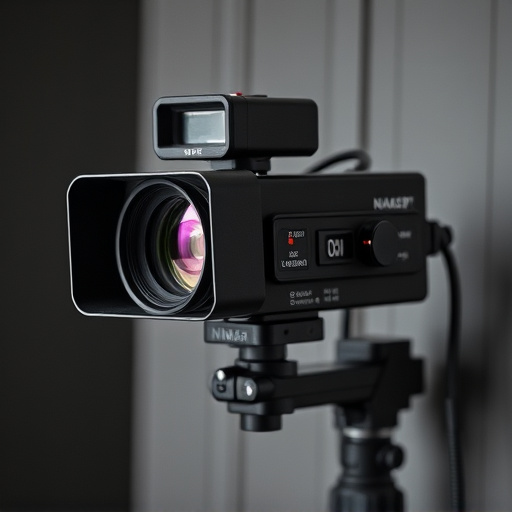Dummy cameras with blinking lights serve as cost-effective security deterrents, popular for businesses and homes due to their ease of installation and realistic effects. Regular replacement is needed due to wear, moisture, and technological advancements. When choosing new housings, prioritize visual realism, durability, and weatherproofing; follow manufacturer instructions for optimal placement. Regular inspections ensure the camera's effectiveness in discouraging intruders.
In the realm of home security, dummy cameras with blinking lights serve as a strategic deterrent for potential intruders. This article explores the significance of these visual safeguards and delves into why replacing their housing is essential. From enhancing visibility to maintaining an effective security system, understanding when to swap out your dummy camera housing is key. We’ll guide you through choosing and installing new models, ensuring your property remains well-protected.
- Understanding Dummy Cameras and Their Purpose
- Reasons for Replacing Security Camera Dummy Housing
- Guide to Choosing and Installing New Dummy Camera Housings
Understanding Dummy Cameras and Their Purpose
Dummy cameras, often featuring blinking lights, serve as an effective deterrent in enhancing security measures. These devices are designed to mimic real surveillance cameras, strategically placed to ward off potential intruders or mischievous activities. Their primary purpose is to provide a visual warning that a property is under surveillance, thereby discouraging unauthorized access or vandalism.
The use of dummy cameras with blinking lights offers several advantages. They can be easily installed and cost-effective compared to actual security cameras. These fake cameras are especially useful for businesses or homeowners looking to boost their security presence without investing heavily in complex surveillance systems. Blinking lights add an extra layer of realism, making them a popular choice for deterring crime and creating the illusion of heightened security.
Reasons for Replacing Security Camera Dummy Housing
Security camera dummy housing replacement is often necessary due to several compelling reasons. One of the primary drivers is environmental damage or wear and tear over time, which can weaken the structure and compromise its protective function. Dummy cameras with blinking lights, for instance, may show signs of rust, particularly in regions with high moisture content, reducing their effectiveness as deterrents.
Additionally, technological advancements in security systems necessitate updates to hardware components. Older dummy camera models might not support modern features like HD recording or advanced motion detection, prompting users to replace them with newer versions that offer enhanced performance and better integration into comprehensive surveillance setups.
Guide to Choosing and Installing New Dummy Camera Housings
When selecting new dummy camera housings, consider their visual appeal and functionality. Opt for models that closely mimic real security cameras with blinking lights to maintain an effective deterrent. Look for durable materials like plastic or metal that can withstand outdoor conditions. Ensure they are weatherproof to protect internal components from rain, snow, and UV rays.
Installation is a crucial step. Most housings come with mounting hardware, ensuring a secure fit on walls, posts, or other surfaces. Follow manufacturer instructions precisely, paying attention to placement and angle for optimal visibility. Regularly inspect the camera’s functionality, including light operation, to ensure it continues deterring potential intruders effectively.
Dummy security cameras, often equipped with blinking lights, serve as effective deterrents and valuable components in home or business security systems. While their primary purpose is to discourage potential intruders, replacing the housing can enhance their visual impact and overall performance. By choosing modern, weatherproof alternatives, you can ensure these decoy devices remain functional, noticeable, and an asset to your property’s safety strategy.
